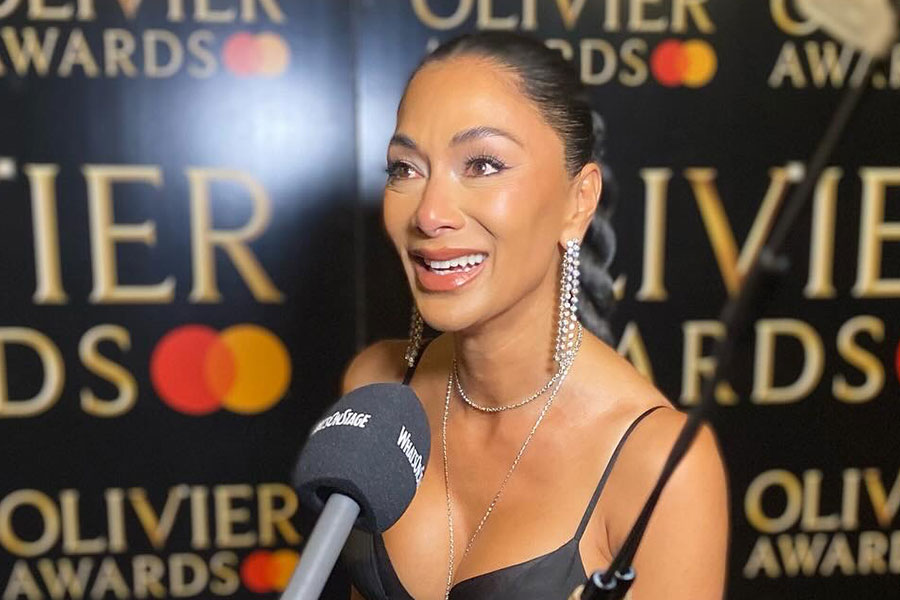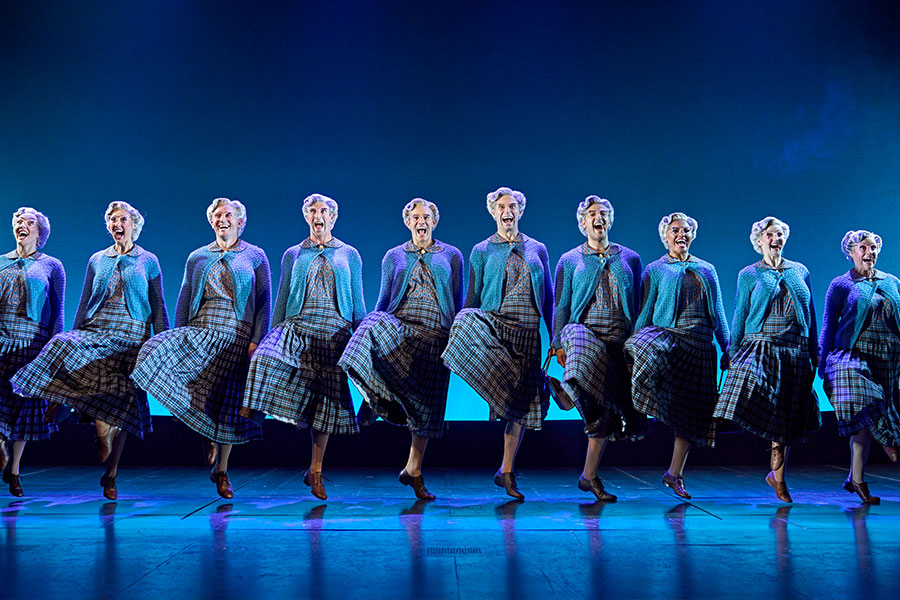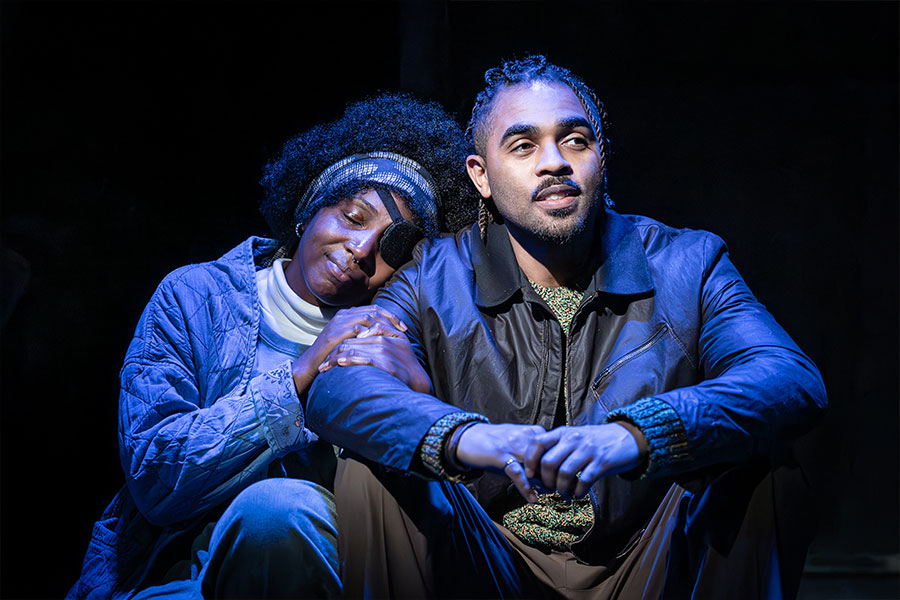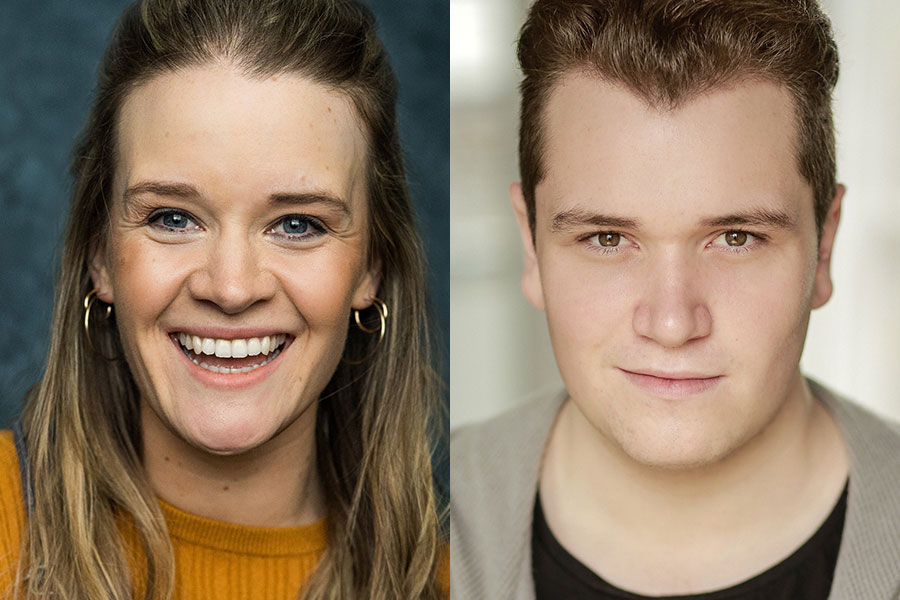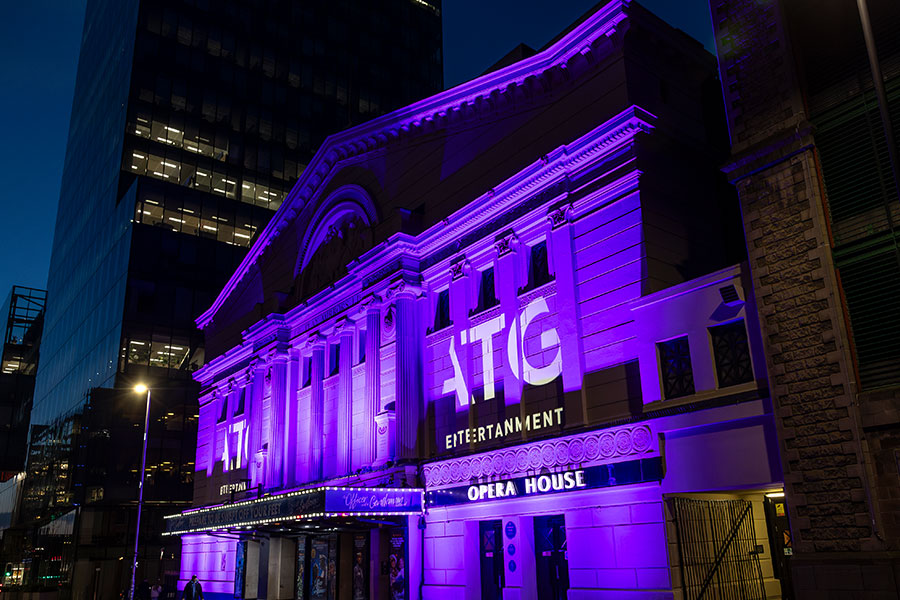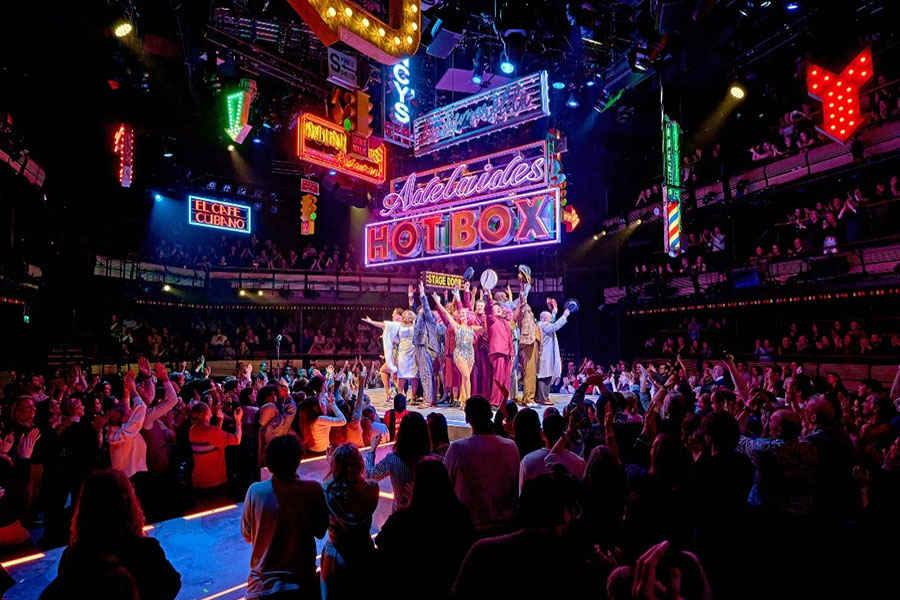The White Devil (RSC)
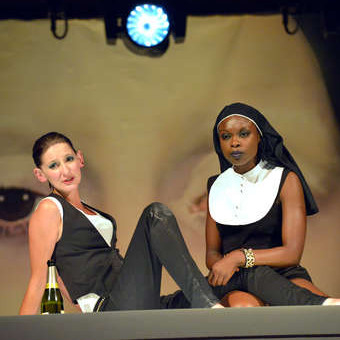
© Keith Pattison
Maria Aberg is a director with a big future. Her recent productions of King John and As You Like It rank among some of the best work by the Royal Shakespeare Company over the past few seasons. Does her modern dress re-imagining of Webster's The White Devil deserve similar high praise?
Following on from her successful conflation of Hubert and the Bastard in King John, Aberg has chosen to present Flaminio as a female character. Laura Elphinstone takes on this challenging role and revels in it. She captures the many conflicting facets of the character and hearing the speeches coming from the mouth of a woman does bring many fresh insights. Elphinstone conveys the malevolence, wit and emotional turmoil brilliantly and makes a strong claim to being the White Devil of the title (often more usually associated with Vittoria).
In any other production, the role of Vittoria would be the strongest female presence on the stage. And whilst Kirsty Bushell presents her as a determined, intelligent, passionate woman, she is rather overshadowed by Flaminio. She expertly handles the shifts between when Vittoria is playing the role that is expected of her – whether by her husband, her mother or her lover – and when she is being more true to herself. It is a very watchable performance.
It is fascinating to see how the text works with two strong central female roles (and hence why this production has found a home in The Roaring Girls season) but I am slightly uneasy as to whether it all comes together as a cohesive whole. There is no doubting the misogyny at the heart of the play and there is also no denying that misogyny is still very much a potent force in modern society – but I do think that we have moved on from the time of the original Vittoria.
There are some tensions, for me, between the contemporary setting and the extreme reactions to a woman who has committed adultery which are not fully reconciled in the production. It does, however, make audiences consider the way women are (and have always been) controlled by men, their families, the Church, the media and society at large. And, by the skillful recasting of Flaminio, we are forced to consider the role of internalized misogyny and how destructive that can be.
Visually the production has a striking simplicity. The use of video to prefigure and comment on the action is highly effective as is the way reflective surfaces are used to show multiple sides of the action and characters. Combine these with James Farncombe's taut lighting design and a pulsating score from David Maclean and Tommy Grace and you have another triumph for the RSC technical and creative teams.
Less successful is some of the voice work. The decision to allow actors to use a range of regional accents does lead, at times, to a lack of precision and also the occasional rapid speed of delivery does make it harder to follow the detail of certain scenes.
It is a production that asks many questions and does not provide easy answers – which is highly appropriate for a frequently disturbing script. Aberg's heightened and visceral re-envisioning of Webster's bloody tragedy is a strong and compelling piece of theatre, though not, for me, as complete a reworking as her radical King John.
It is packed with strong performances and commands your attention, particularly for the new insights that Elphinstone's Flaminio brings to the text. It is the strongest contribution so far to the current season at the Swan. I look forward to seeing what Aberg can deliver next for the RSC.



